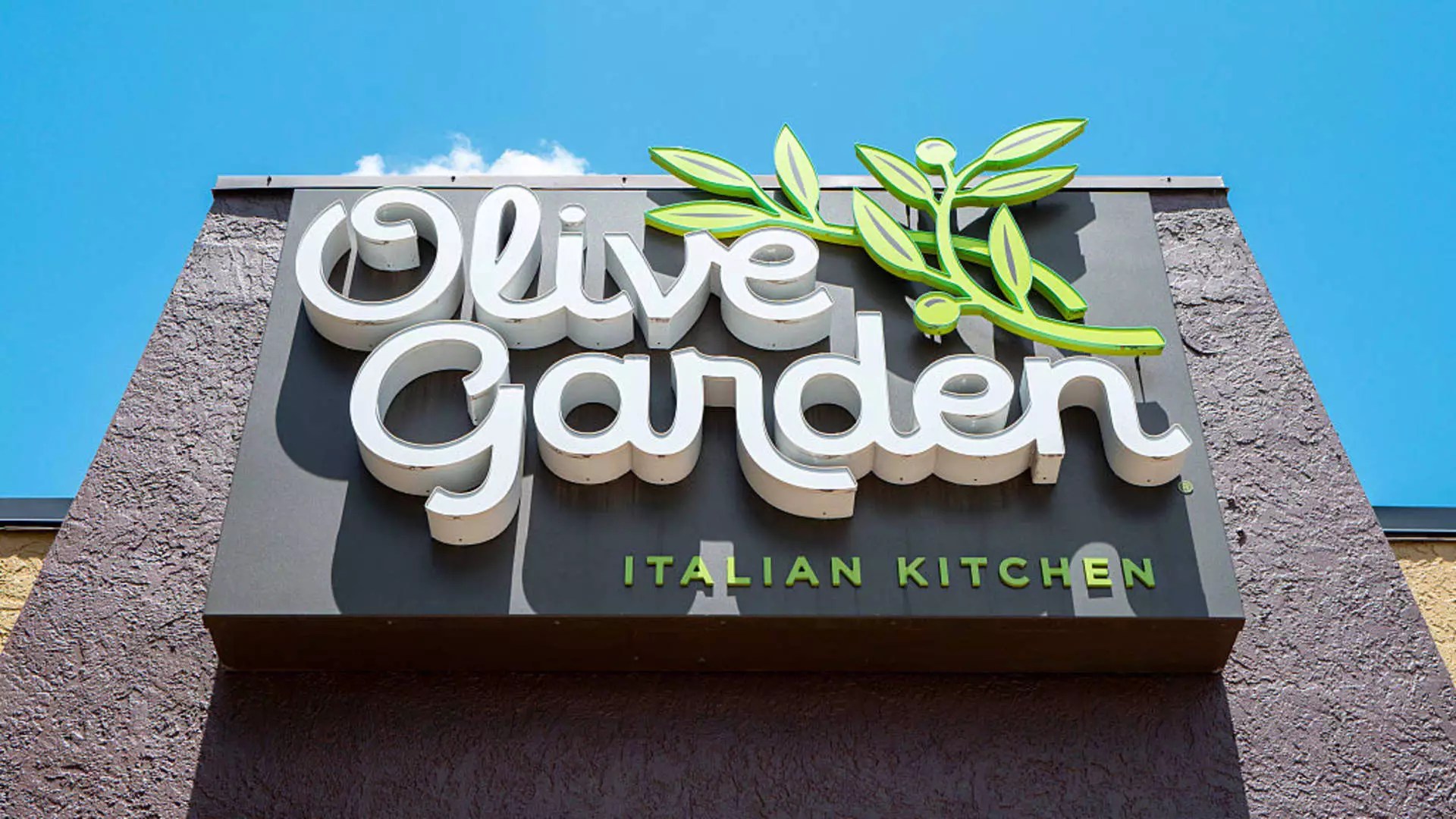Darden Restaurants has long positioned itself as a resilient player within the competitive casual dining sector, but a closer examination reveals that its recent performance may be more fragile than the optimistic tone suggests. The company’s financial results, hailed as “mixed,” mask underlying vulnerabilities in its business model—particularly in the face of an evolving consumer landscape that favors quick-service options and prioritizes value over ambiance. While Darden boasts growth in brands like Olive Garden and LongHorn Steakhouse, these gains are increasingly perched on the shifting sands of consumer preferences that may not be sustainable long-term.
Analysts were met with a lukewarm reception: revenue levels aligned with expectations, but earnings per share fell short. The company’s net income increased year-over-year, yet this growth is partly attributed to asset sales, a one-time boost rather than genuine organic expansion. Relying heavily on acquisition-driven sales, as seen with Chuy’s Tex-Mex, further underscores Darden’s struggle to generate growth organically. This reliance on short-term strategic moves to inflate numbers hints at a business that is perhaps not as solid internally as its financial statements make it seem.
Customer Loyalty and Market Share: How Stable Are the Gains?
Darden’s CEO trumpeted that all casual brands experienced an increase in visits, particularly among higher-income groups, suggesting a resilient customer base. However, this narrative seems overly optimistic amid mounting concerns about how broader economic forces are affecting consumer discretionary spending. The supposed “trade-up” from lower-income diners to value-focused casual dining feels more like a temporary knee-jerk response to inflation rather than a sign of sustainable brand loyalty.
Furthermore, the preference for casual dining is growing increasingly precarious as fast-food giants and innovative quick-service chains innovate aggressively, offering comparable quality at lower costs with minimal wait times. Darden’s strategy of maintaining menu prices below inflation—by just 0.3%—appears prudent but also raises questions about the ability to sustain profitability without sacrificing margins or service quality. This tactic, while necessary, pushes the chain into a delicate balancing act where any sudden inflationary spike or increased operational costs could undermine healthily maintained price points.
The Danger of Over-Reliance on Promotion and Value Strategies
Olive Garden remains a shining star among Darden’s portfolio, but its 5.9% same-store sales growth, driven by marketing campaigns like the “Never-Ending Pasta Bowl,” may be more of a symptomatic bandaid than a sustainable competitive advantage. Customers are increasingly conditioned to expect deals and discounts, and this culture of promotional pricing could erode brand perception over time. Furthermore, the growing dependency on delivery partnerships—like Uber—though promising for immediate revenue boosts, risks commoditizing what once was a more exclusive dining experience, pushing consumers to perceive these brands less as culinary destinations and more as convenience options.
LongHorn Steakhouse, which enjoyed a 5.5% sales uptick, faces the challenge of maintaining profitability amid rising beef costs. The decision to keep menu pricing increases below inflation could be shortsighted, especially if commodity prices remain elevated. Such a strategy risks compressing margins further if consumer traffic declines or if there are unexpected inflation shocks, placing the chain on a knife’s edge.
The Hidden Risk in Fine Dining’s Persistent Struggles
Perhaps most telling is the modest decline in Darden’s fine-dining segment—just 0.2% in same-store sales. While the company superficially touts this as a “better-than-expected” outcome, it actually signals a sector in continued decline. The weakening of business travel, central to the segment’s clientele, suggests a structural shift away from this traditionally lucrative niche. As remote work persists and corporate travel remains inhibited, the very foundation of Darden’s premium dining appeal is eroding.
This sector’s persistent softness, coupled with the overall economic environment, could portend further declines. Darden’s attempt to present these figures as near-normal performance may be misrepresenting deeper structural changes that could hinder growth in these upper-market segments for years to come.
Questionable Optimism for Future Growth
While Darden has revised its full-year revenue growth forecast upward to 7.5%-8.5%, skepticism remains justified. The company’s projected earnings per share, reinforced at a range of $10.50 to $10.70, overlook the risks of economic downturns, increased food costs, and consumer fatigue with promotional strategies. The possibility that inflation might accelerate, or that consumers may become more value-conscious as economic pressures tighten, could swiftly undermine these projections.
In fact, Darden’s reliance on a handful of anchor brands to carry the load masks an inherent weakness: a lack of diversification and innovation. The casual dining sphere, under relentless pressure from competing quick-service giants and the shifting tastes of a more discerning consumer base, demands continuous adaptation that Darden appears ill-prepared to undertake decisively. Its future growth prospects are strategically optimistic but fundamentally fragile—dependent more on short-term tactics than on a resilient, sustainable business model capable of weathering inevitable economic fluctuations.


Leave a Reply